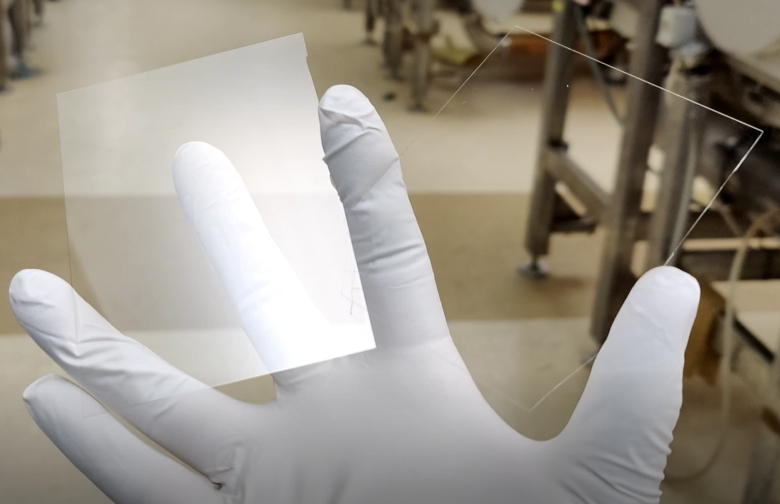Many modern optical systems utilize highly curved lenses where light will be incident at a large angle of incidence (AOI) range. The larger the radius of curvature or the more complex the lens shape, the larger the range of AOI light will experience at the lens interface. This makes creating antireflective coatings (ARCs) with wide-angle performance critical for emerging optics.
Wide-angle antireflection (AR) performance is especially critical in applications where lenses are stationary.
Take cameras in autonomous vehicles (AV) versus cameras in mobile phones. One may move their mobile phone in different directions to optimize the environment regarding incident light and avoid bright light (although these systems still benefit from wide-angle ARCs). In contrast, cameras in an AV cannot be moved to change how light interacts with the lens.
Therefore, avoiding bright lights and reflections at the lens interface in an AV camera is very difficult. At best, the camera may experience lens flare. At worst, an image artifact can be mistaken for a real object and lead to dangerous errors in the AV’s movements. To combat this, one must optimize the ARC so that it can minimize reflection at as many AOI as possible.
Beneq recently introduced its innovative Beneq AtomGrass™ antireflection coating.
This solution is a broadband, wide-angle ARC that can be tuned to different reflection minima and performance bands based on its composition. There are several performance advantages, but let’s focus on one benefit: the wide-angle performance.
Beneq AtomGrass™ shows consistent antireflection performance from a 0 to 50 degree AOI with reflection as low as 0.2% at 50 degrees AOI. This means that light hitting the lens at an angle of 50 degrees relative to the surface will experience the same interference effects as light incident normal to the surface.

Wide-angle performance stems from two sources: high film uniformity and nanostructured surfaces.
A major advantage of using atomic layer deposition (ALD) over other deposition methods is its superior step coverage. The ALD process is unique in that it deposits the same amount of material on all surfaces with 100% coverage. This offers films with < 1% nonuniformity across a lens and < 3-5% nonuniformity in a batch (2-8 m2). Thus, the environment experienced by light at the top of the lens will be the same on the sides.

The surface of the Beneq AtomGrass™ ARC is nanostructured in a way that creates a gradient-index coating. The gradient index of refraction of the film helps to suppress reflections from multiple angles. This type of nanostructuring can be found in nature, such as in moth eyes, or in other optical devices, like black silicon solar cells. While this can be achieved with traditional coating methods, it requires very thick films with many optical layers (> 1 μm). An ALD ARC can be fabricated at a fraction of the thickness (~150 nm).
If you’re interested in testing Beneq AtomGrass™ on your products, please contact us for information about our Development Services!
Explore Beneq’s ALD solutions and equipment on the Optical Coatings page!

